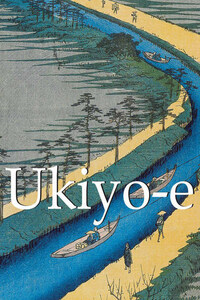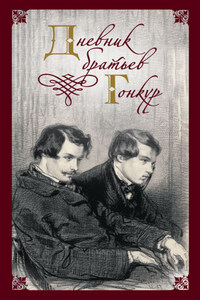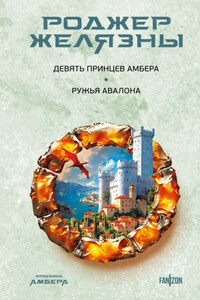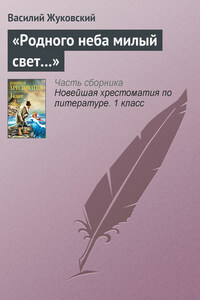The Rise of Ukiyo-e – the Floating World
The Art of Ukiyo-e is a “spiritual rendering of the realism and naturalness of the daily life, intercourse with nature, and imaginings, of a lively impressionable race, in the full tide of a passionate craving for art.” This characterisation of Jarves sums up forcibly the motive of the masters of Ukiyo-e, the Popular School of Japanese Art, so poetically interpreted as “The Floating World”.
To the Passionate Pilgrim and devotee of nature and art who has visited the enchanted Orient, it is unnecessary to prepare the way for the proper understanding of Ukiyo-e. This joyous idealist trusts less to dogma than to impressions. “I know nothing of Art, but I know what I like,” is the language of sincerity, sincerity which does not take a stand upon creed or tradition, nor upon cut and dried principles and conventions. It is truly said that “they alone can pretend to fathom the depth of feeling and beauty in an alien art, who resolutely determine to scrutinise it from the point of view of an inhabitant of the place of its birth.”
To the born cosmopolite who assimilates alien ideas by instinct or the gauging power of his sub-conscious intelligence the feat is easy, but to the less intuitively gifted, it is necessary to serve a novitiate, in order to appreciate “a wholly recalcitrant element like Japanese Art, which at once demands attention, and defies judgment upon accepted theories”. These sketches are not an individual expression, but an endeavour to give in condensed form the opinions of those qualified by study and research to speak with authority upon the form of Japanese Art, which in its most concrete development the Ukiyo-e print is claiming the attention of the art world.
The development of colour printing is, however, only the objective symbol of Ukiyo-e, for, as our Western oracle Professor Fenollosa said: “The true history of Ukiyo-e, although including prints as one of its most fascinating diversions, is not a history of the technical art of printing, rather an aesthetic history of a peculiar kind of design.”
The temptation to make use of one more quotation in concluding these introductory remarks is irresistible, for in it Walter Pater sets his seal upon art as a legitimate pursuit, no matter what form it takes, though irreconcilable with preconceived ideas and traditions. “The legitimate contention is not of one age or school of art against another, but of all successive schools alike, against the stupidity which is dead to the substance, and the vulgarity which is dead to form.”
Tosa School, View of Mount Fuji (Fujimizu), Muromachi period, 16>th century.
Six-panel folding screen “Wind wal” (byōbu), 88.4 × 269.2 cm.
Private collection, deposit in the Tokyo National Museum, Tokyo.
Kanō School, Dog Chase (Inuoumono), Edo period, c. 1640–1650.
Folding screen “Wind wall” (byōbu), 121 × 280 cm.
Ink and colour on golden leaves. Private collection.
Utagawa Toyokuni, View of a Kabuki Theatre, c. 1800.
Colour woodblock print, 37.7 × 74.7 cm.
The British Museum, London.
As the Popular School (Ukiyo-e) was the outcome of over a thousand years of growth, it is necessary to glance back along the centuries in order to understand and follow the processes of its development.
Though the origin of painting in Japan is shrouded in obscurity, and veiled in tradition, there is no doubt that China and Korea were the direct sources from which it derived its art; whilst more indirectly she was influenced by Persia and India – the sacred font of oriental art – as of religion, which have always gone hand in hand.
In China, the Ming dynasty gave birth to an original style, which for centuries dominated the art of Japan; the sweeping calligraphic strokes of Hokusai mark the sway of hereditary influence, and his wood-cutters, trained to follow the graceful, fluent lines of his purely Japanese work, were staggered by his sudden flights into angular realism.
The Chinese and Buddhist schools of art dated from the sixth century, and in Japan the Emperor Heizei founded an imperial academy in 808. This academy, and the school of Yamato-e (paintings derived from ancient Japanese art, as opposed to the Chinese art influence), founded by Fujiwara Motomitsu in the eleventh century, led up to the celebrated school of Tosa, which with Kan ō, its august and aristocratic rival, held undisputed supremacy for centuries, until challenged by plebeian Ukiyo-e, the school of the common people of Japan.









